Questing
What are the questions and what are their answers - that is what we want to know. But what if the answers don’t fit the time and the place?
Like a lot of people who come to the Design Science Studio Community (DSS) I have more questions than answers for today’s biggest issues.
In my mind I see us in a liminal space, in a portal of possibilities and it is this that has brought me into this place with others. What does humanity want? What does it need? How is that different from what we wanted and needed days, years and ages ago? The answers can and do change from moment to moment. The questions can feel stuck in the face of extremes of injustice, climate and stasis, and the answers can feel unsupported, radical and often unmanageable. This is where a community comes into play, and this is where the DSS comes into action.
In a time and place known as right now and right here, the DSS community is a network effect, a living example of an idea set forth by Buckminster Fuller and his life’s mission. In each of our individual quests to find answers to the world’s big questions, we have found ourselves drawn, connected and communicating through the declaration that all we design should work, at least ultimately, for 100% of life. Never in recorded history has life-centered design been so important.
You might say that Bucky Fuller was a singular figure but he was never really working alone, and you would be correct. He had family, friends, colleagues and inspirations of his own. He famously taught at Black Mountain College and participated in plays and in spending time with artists of his day. Bucky, who saw himself as a “poet of technology,” spent time in serious play with others while designing for others. As Bucky spent his time teaching and designing possible futures he was also playing at roles, at games, being engaged with the creativity of others. With the likes of dancer-choreographer, Merce Cunningham and composer John Cage, Bucky had a chance to influence and be influenced, to engage in the feedback loop of open creativity.
Fuller engaged in serious work and thoughtful debates around design and practice while in this incubator of arts education, but he also engaged in the fullness of being alive. Bucky was game to participate in the projects of others, famously acting in a comedy, Le piège de Méduse, (The Ruse of Medusa) written by the composer, Erik Satie in 1913 and staged by Cunningham in the summer of 1948. It’s in this atmosphere of creative experimentation that Bucky and his fellow revolutionary thinkers could make a game of intersecting their very lives as well as disciplines.
In this open atmosphere, Fuller focused on innovation and experimentation rather than success and failure. During that summer of 1948, Bucky constructed his first large scale geodesic dome. It didn’t go exactly as Fuller had planned, but he kept at it, and by 1949, the domes we know were becoming reality. The arts program director Josef Albers, originally of the influential Bauhaus school had invited Buckminster Fuller the architect, to become part of a living experiment. Their ideas complemented and sometimes conflicted with each other’s, still they engaged together and this had lasting impacts on the very perception of design and its purpose. Pulling each other into new territories they initiated their students into vastly new terrains where the whole and the parts were never quite separate.
One of these very notable students was Japanese-American sculptor, Ruth Asawa. Asawa who actually worked across disciplines, would create organic, biomorphic shapes that were woven together in a flow that blurred the ideas of inside and outside. Asawa, like her teachers, worked towards expressing the very nature of life through design.
As an artist, as well as an activist and educator, Ruth Asawa’s influence can be felt to this day. In 1968 Asawa developed the the Alvarado School Art Workshop with architectural historian Sally Woodbridge— an organization that evolved into the San Francisco Arts Education Project. Through this project Asawa helped bring art into public schools so that children could flourish in all they might do. She and Bucky remained close, sometimes teaching children together about the power of nature, and tetrahedrons. Bucky even designed Asawa’s wedding ring, further proving to us, that emotion and appreciation between individuals has always been the energetic basis of movements.
Design Science Studio is a similar beacon illuminating within us playful possibilities for serious problems. For us today DSS allows our genius to cluster and respond in feedback loops that come through our diverse acts of doing. Decentralized, ephemeralized, our studio is different than a college campus, and yet it shares this capacity to inspire us towards a new kind of freedom to innovate. We arrive in this emergent community because of our own quests and our individual talents, and merge our needs for belonging and interaction into a series of salons, exhibits and other immersive events. In this community we find a word, a complementary thought that can unlock our blocks. In this community we can unleash a lexicon of tools and actions that redefine what it means to be a Design Scientist.
Together we each make our own space, holding interest for each other’s passions, needs and personal revolutions. We can continue to leave behind silos of profession and training to engage in holistic emergence, one that understands that comprehensive anticipatory design is at its best existing in a plurality of genius. Together in sessions we will dance and wiggle, engaging our serious goals along with our playful selves, incubating the intersection of a more life-centered civilization from within our very bodies and hearts, not just our minds.
Like Bucky, Asawa, Cunningham, Cage, Albers and the others before us we seek to continue our quests together so that the future may become more functional and therefore more beautiful. Like them we expose ourselves to each other and to thoughts and concepts we had not imagined alone. Together we quest and question each other so our growing community of coheARTs and supporters can engage with the world by engaging with each other, from all over the globe, from every profession and place within society’s interlaced whole.
We welcome the third coheART of this Design Science Decade, all of you who have engaged in your own path and quests. You are the continuous, omni-present legacy of the creative question and its very living, omni-point answer. Radiation and stardust do become orderly structures, and this coming together in life-centered design is one part of the unfolding proof. You are the revolutionaries who are dedicated not to success or failure, but to experimentation, innovation and of course, community. With this kind of serious play, Bucky Fuller’s quest for a world of anticipatory design scientists, of brilliant, dedicated generalists, can only succeed.
For your inspiration, here’s a video interview with Merce Cunningham on Buckminster Fuller.
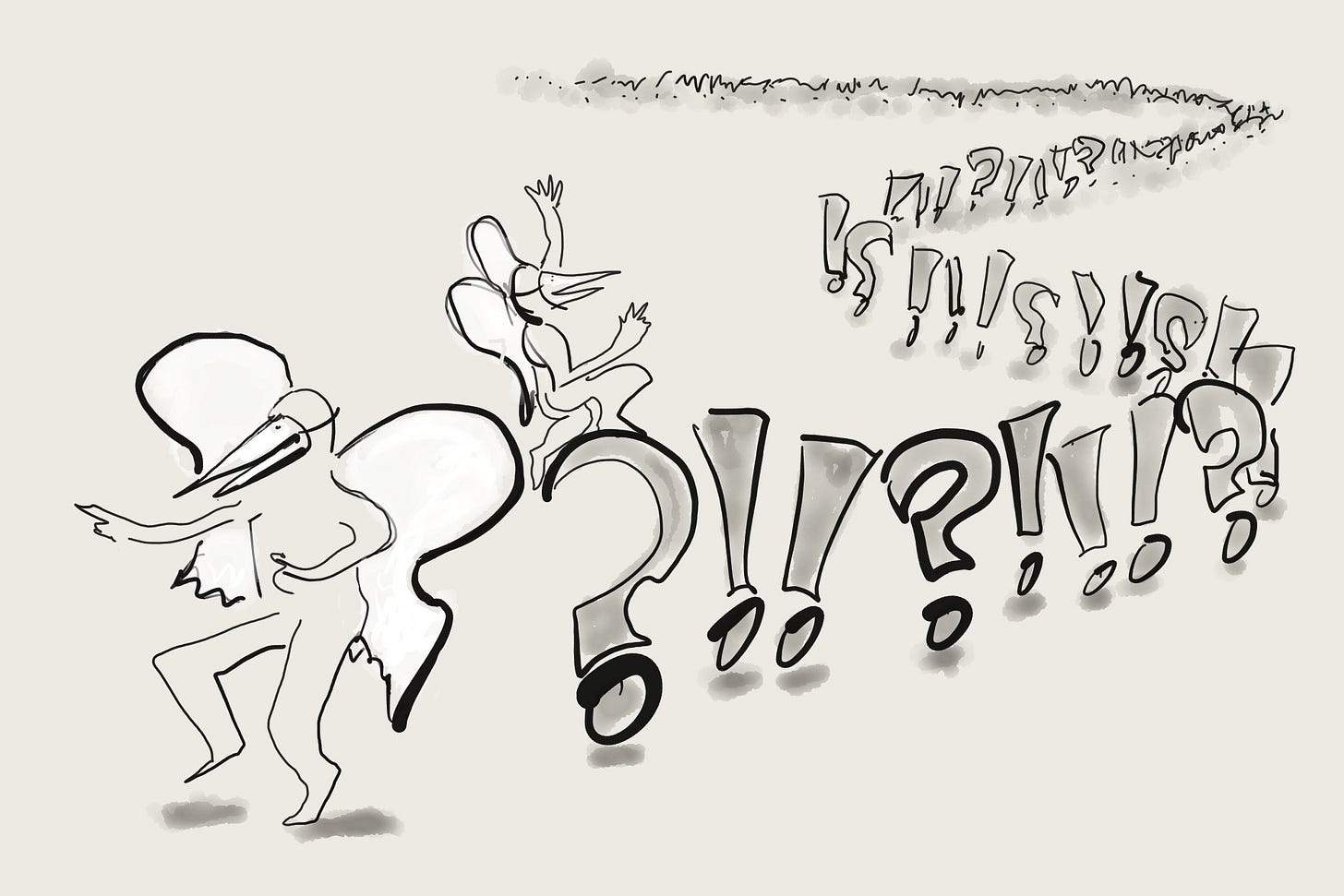


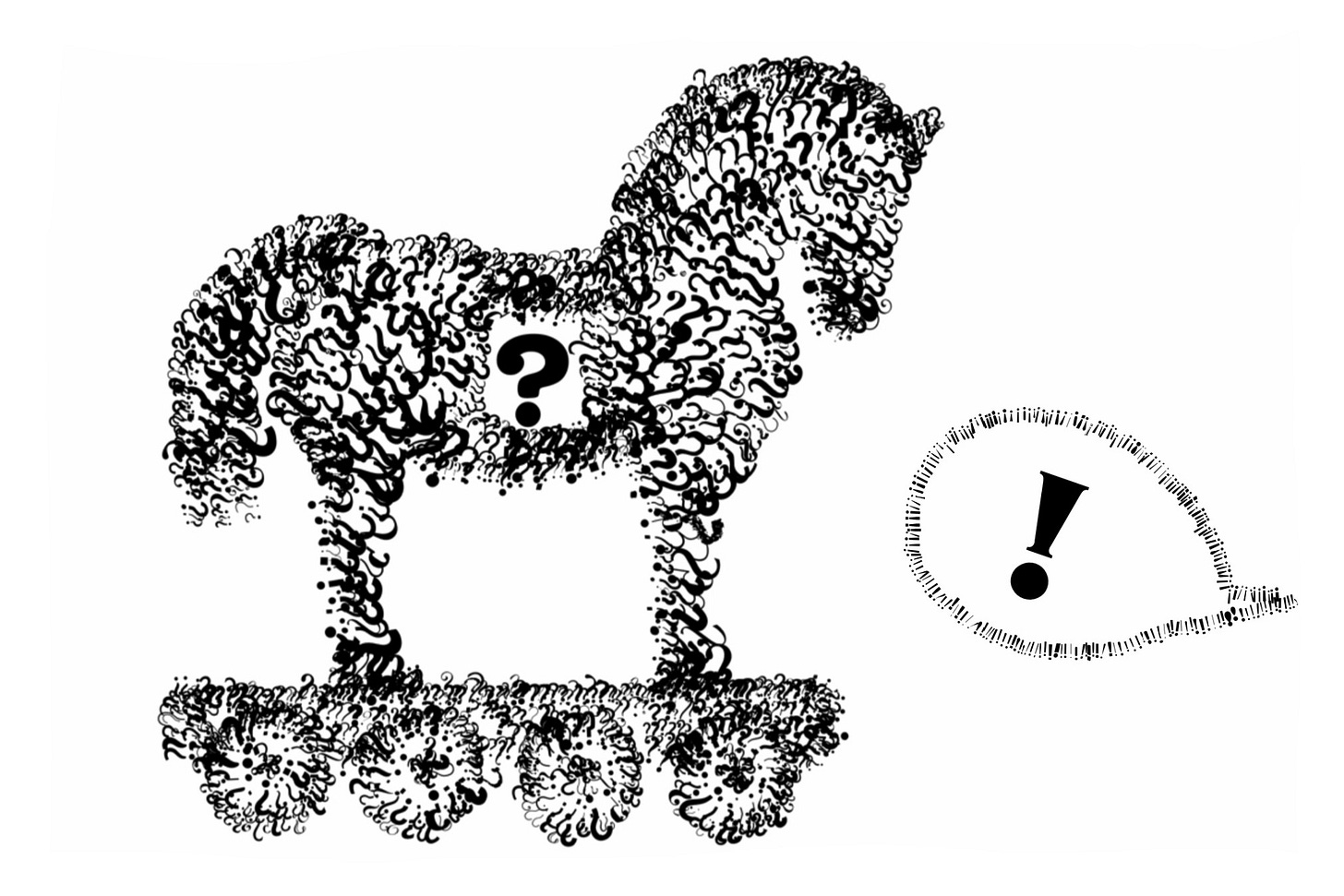

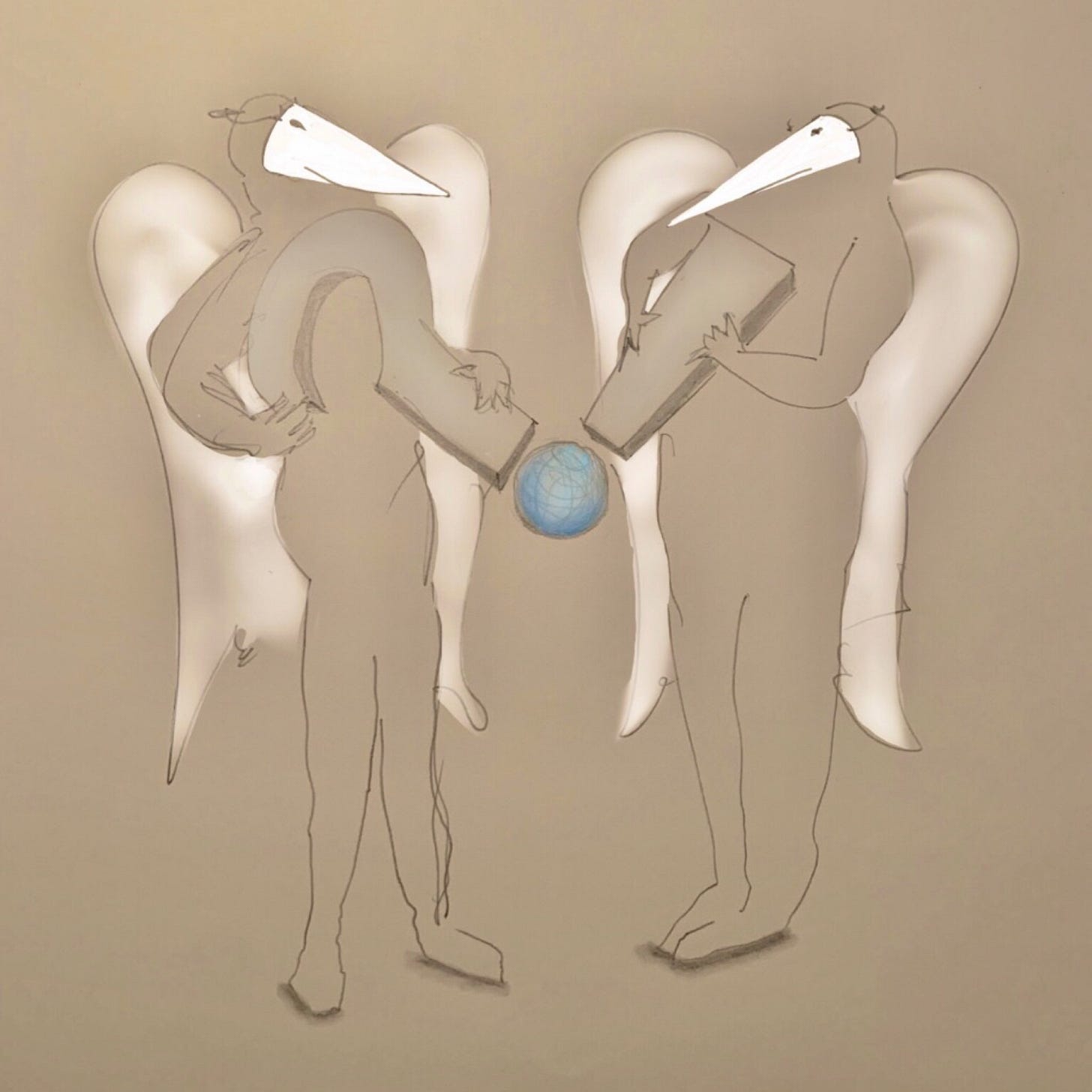
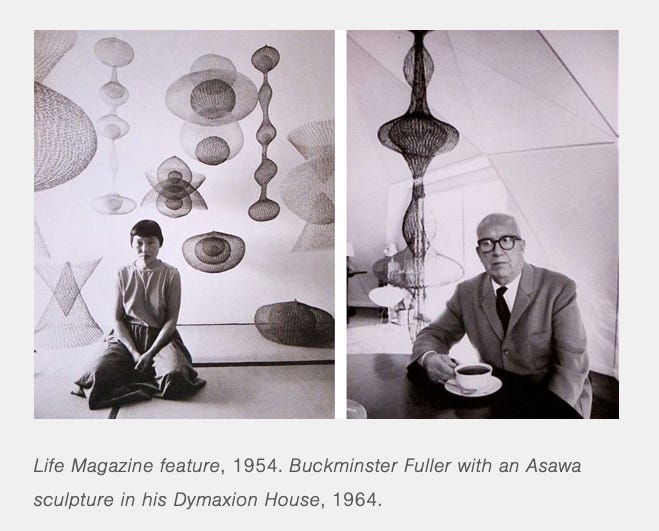


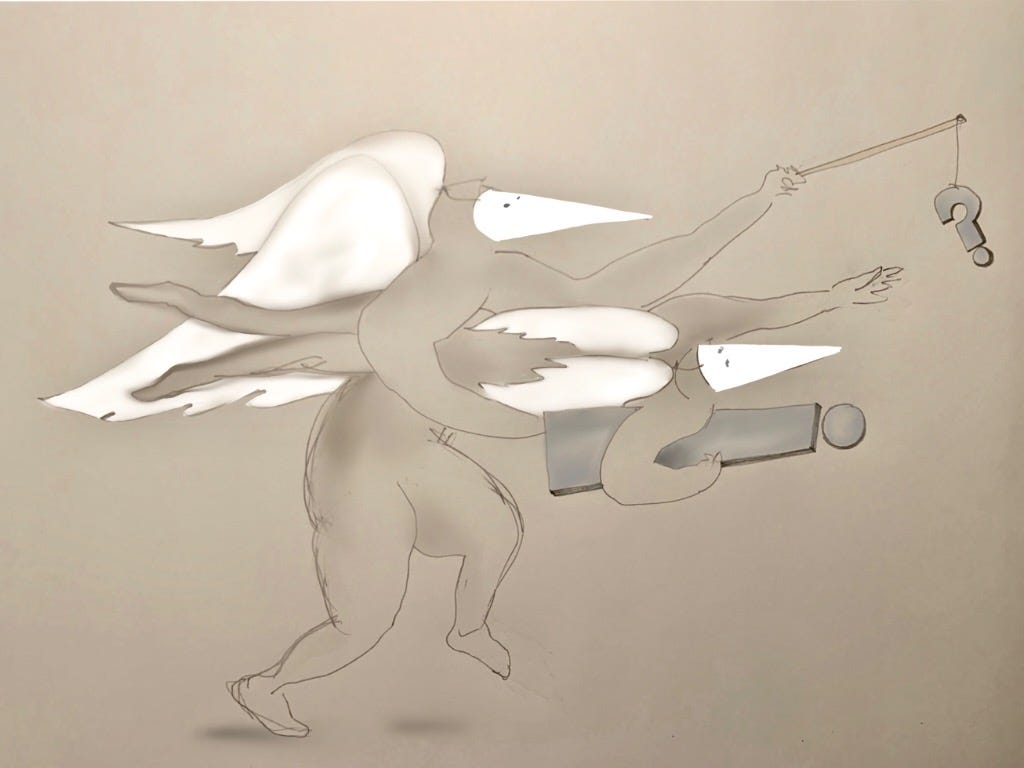

Mariette, I love your writing, it is masterful! Thank you for so skillfully capturing our essence. And Mark, I love your illustrations, your style is so distinctive and you really evoked our essence, too!